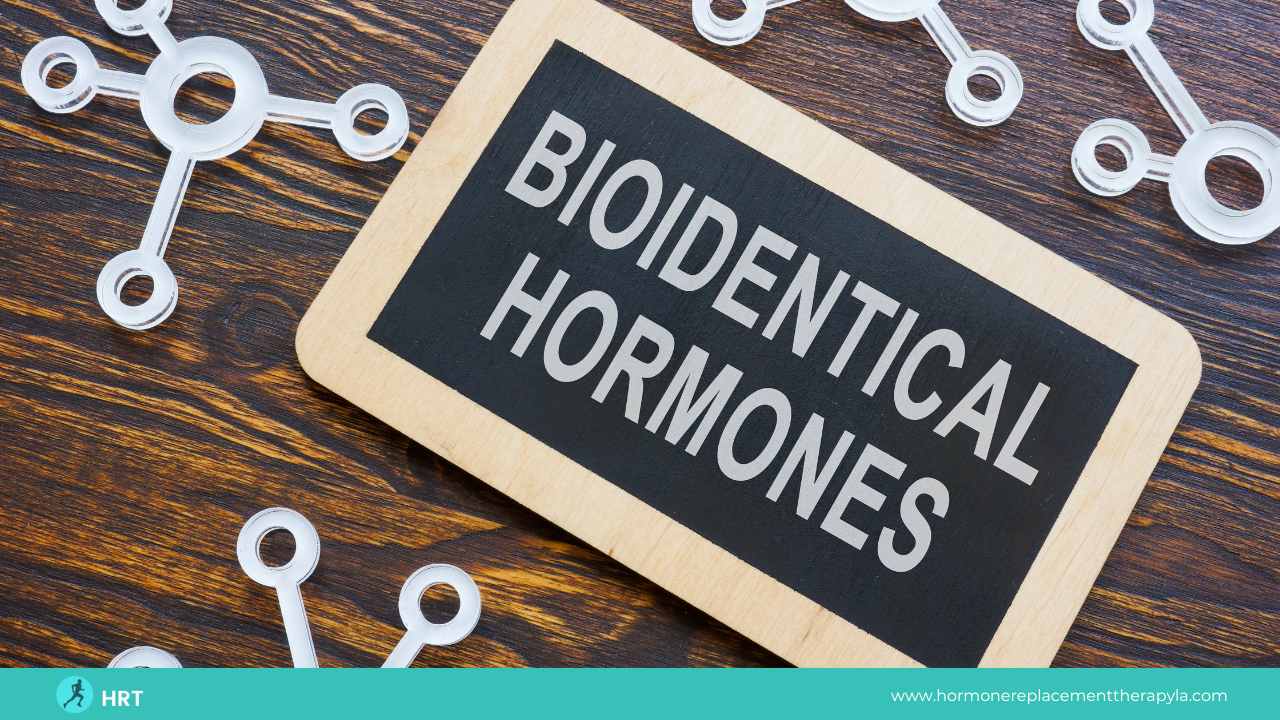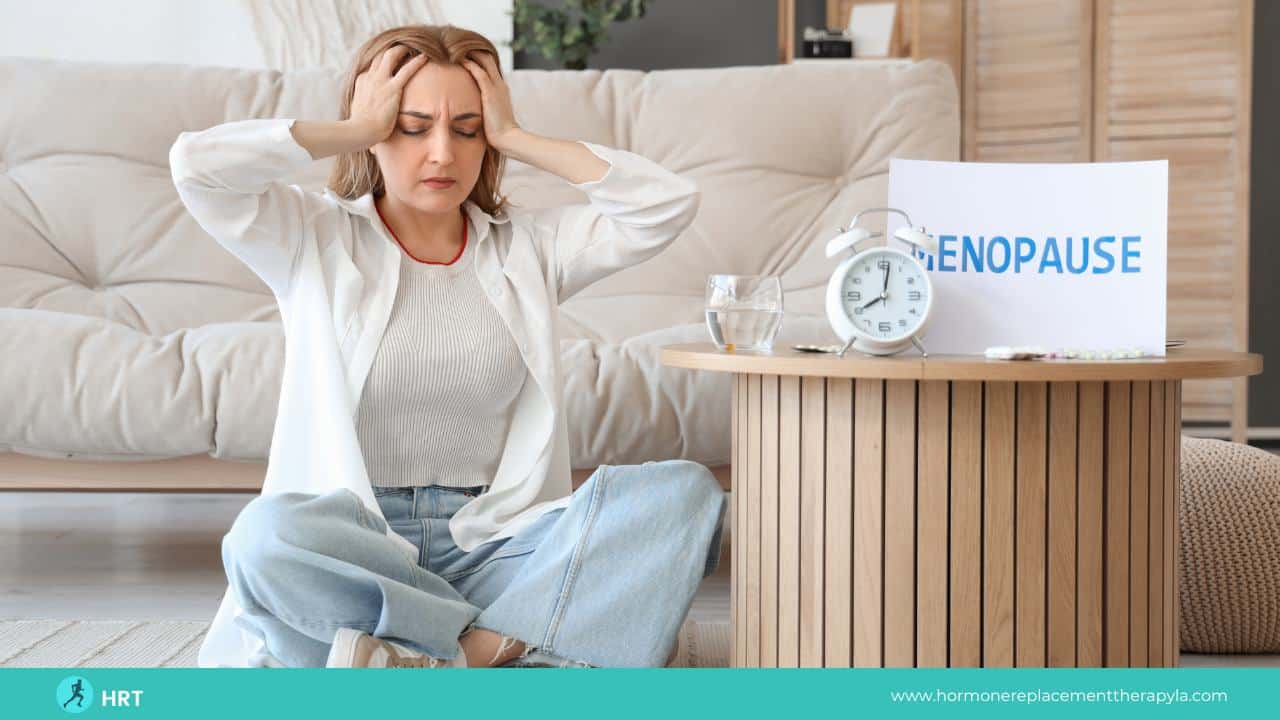“One is not born, but rather becomes, a woman.”
A woman encounters a roller coaster ride from birth to death with crucial twists and turns. Menopause is one vital phase that affects a woman’s life immensely- mentally and physically. With the closing of the menstrual period and several life-changing symptoms, various risk factors arise too with menopause. Uterine fibroids are one such scary word haunting you after menopause.
However, noncancerous uterine fibroids are tagged as tumors that most women experience. Let’s explore together what causes uterine fibroids to grow after menopause, its symptoms, and treatment.
What Is Fibroids?
Uterine fibroids or leiomyomas are small tumors, primarily benign or noncancerous in women. It can grow in diverse places of your uterus or womb – within the lining of the uterus, the surrounding muscle layers, the outer layer, or on the outside of your uterus, free-floating.
These tumors are usually made of muscles and fibrous tissues, varying in size. However noncancerous, they can be painful, provoking uncomfortable symptoms. The development and the size of uterine fibroids are linked to hormone fluctuation, especially estrogen. It affects the size and influences the rate at which they grow.
During childbearing years, the hormone fluctuation affects the development of the fibroids the most. As estrogen is after the size and growth, during menopause, most fibroids are likely to shrink as estrogen levels decreases. However, it’s not the story of every woman. You may experience growing fibroids even during or after menopause. Even you may encounter it for the first time during this crucial stage of your life.
Fibroids, Hormones, and Menopause
Fibroids and hormones are connected to each other.
Fibroids need hormones to develop, especially estrogen. After menopause, estrogen level decreases, usually reducing the risk of fibroids growth. However, shrunken fibroids may remain in your body even after menopause, for which you need regular checkups. A woman starts to encounter hormonal changes during perimenopause. It’s the transitional phase to your menopause that usually begins at the age of forty, lasting up to ten years.
The ovaries produce fewer hormones during this phase, and periods become unpredictable. However, you can become pregnant as your ovaries still produce estrogen during this phase. That means you probably encounter fibroids growth too.
After perimenopause, you meet menopause and postmenopause, which can be more challenging. If you go without a period for 12 months, you reach menopause. The average menopause age of a woman is around fifty or fifty-one years.
Estrogen, progesterone, and testosterone struggle to maintain balance and function; however, estrogen decreases dramatically. The hormones’ struggle causes several symptoms – hot flashes, night sweats, mood swings, and other common menopausal symptoms.
Postmenopause is the time after you have passed your menopause. Your hormonal fluctuation is less drastic during this phase, dwelling in low levels. However, remember that women who removed their ovaries surgically will not experience perimenopause. Instead, you will experience sudden menopause.
Many ask can fibroids cause missed periods? The answer is yes. Fibroids develop when the muscle tissue grows abnormally within the uterus or on uterine walls. When you have fibroid tumors, you experience a hormonal imbalance that can disrupt the whole menstrual cycle.
What Causes Uterine Fibroids To Grow After Menopause?
During menopause, estrogen and progesterone hormones decrease, decreasing the risk of fibroids development. The low level of estrogen decreases the size of fibroids too. However, uterine fibroids after menopause are not unlikely. Several risk factors increase the chance of fibroids even after menopause.
- Hypertension or high blood pressure
- Vitamin D deficiency
- Obesity
- Extreme stress
- A family history of fibroids
- No history of pregnancy
Symptoms
Fibroids affect differently to different women. Women encounter severe symptoms during perimenopause more. Sometimes fibroids don’t cause noticeable symptoms, often detected during annual pelvic or other medical exams. However, sometimes the symptoms become severe that may include-
- Enlarged abdomen
- Heavy bleeding
- Frequent spotting
- Anemia from significant loss of blood
- Menstrual-like cramping
- Abdominal swelling
- Lower back pain
- Frequent urination
- Urine leakage
- Headaches
- Nausea
- Painful intercourse
- Feeling of pain or pressure in the pelvis
Treatments
Not long ago, surgery was the only way to treat fibroids. However, researchers and doctors find alternative ways to treat fibroids after a lot of hard work.
Call +1-424-283-4273 Or Click Here to Send Us Email

Hormone Therapy
Hormone therapy is one best possible ways to treat fibrosis. Depending on your age and the severity of your fibrosis, your doctor prescribes hormone therapy for you.
The doctor prescribes low doses of synthetic hormones to stabilize your body’s hormone production, hoping the decreasing estrogen levels will shrink the fibroids. The doctor, during the treatment, keeps a close look at your fibrosis and the effect of the medication. The doctor stops the hormone replacement therapy if he notices any additional growth in your body.
Birth control pills are another possible way to manage pain and excessive bleeding. Especially combination and progestin-only birth control pills can also manage many of your menopausal symptoms. However, this medication won’t be able to shrink or remove your fibroids.
Hysterectomy
A hysterectomy is a surgery where the doctor removes a woman’s uterus. If you are in the menopausal phase or close to menopause, the surgeons may remove ovaries too. The doctor usually suggest a hysterectomy depending on several conditions that include-
- Your menopausal condition
- If you are already postmenopausal
- Multiple fibroids
- Massive fibroids
- Your age
- Your symptoms
A hysterectomy ends the symptoms of uterine fibroids, making it the best treatment for fibroids. It is also a good option for a woman with severe symptoms who do not want or has had children.
Myomectomy
Myomectomy is a surgery to remove the fibroids while keeping your uterus. This procedure is best for those who want to have children in the future. The surgeon first makes a large incision in the lower abdomen in this procedure. The surgeon then removes the fibroids and mends the wound.
In the laparoscopic myomectomy, the surgeon makes four small incisions to insert the medical instrument to remove your fibroids. However, myomectomy is not recommended for women who are already in menopause.
Myolysis
Myolysis is a procedure where your doctor inserts a needle into your fibroids to send an electric current or a freezing mechanism. The current or freezing destroy the fibroid tissue.
Uterine Fibroid Embolization
Uterine fibroid embolization is an invasive procedure where the surgeon inserts sand-like particles into the artery. These particles create a clot that blocks off blood supply from the fibroids. It also blocks estrogen and other nutrients to reach the tumor, so the fibroids eventually shrink.
This procedure is a good option for women with severe symptoms who do not want a hysterectomy. However, it also prevents your future pregnancy.
Take Away
“When women take care of their health, they become their best friend.”
The hormone plays a crucial role in a woman’s body; a hormonal imbalance causes severe conditions—for example, uterine fibroids. However, what causes uterine fibroids to grow after menopause. Hormones and several other risk factors are the triggering agents. However, you can cure it with proper treatment.
Hormone Replacement Therapy, LA, is an exclusive healthcare center providing all the answers for your fibroids issue as well as menopausal conditions. The expert doctor, David Nazarian, prescribes the best treatment for you, depending on your requirement. Soon you will see the change in you with new energy, zeal, and health.






